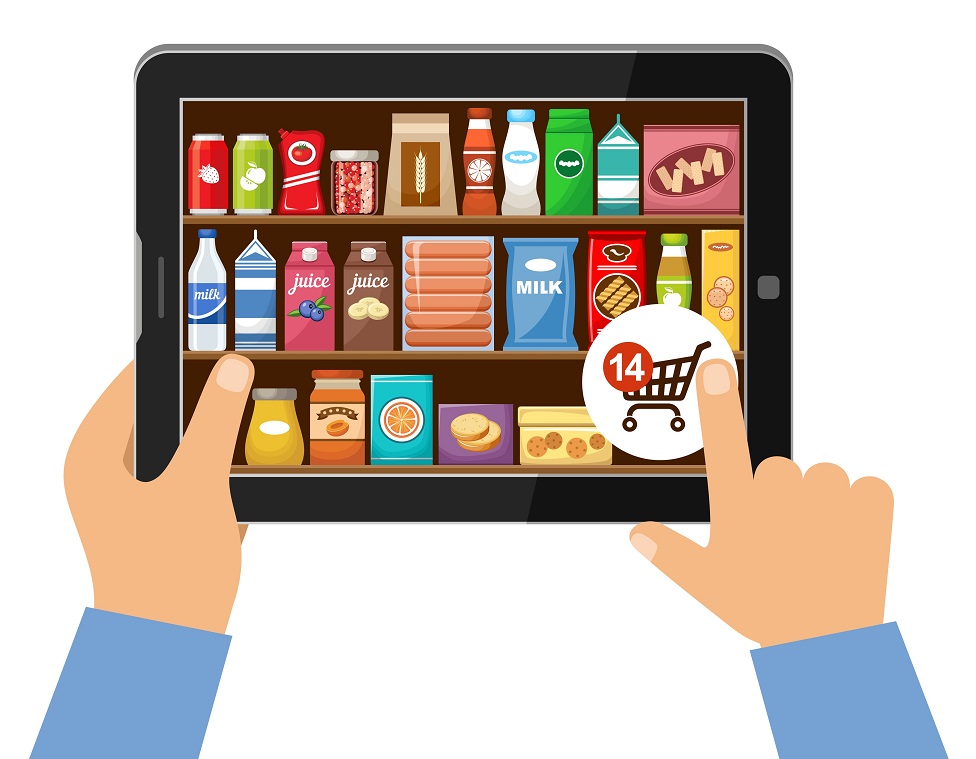Online grocery shopping: the unresolved profitability conundrum
That online is just a small (6% according to IGD) part of the overall grocery market may surprise many but the real problem lies in its low profitabilty says Stephen Springham, Head of Retail Research.
3 minutes to read
We would venture that it generates disproportionately extensive coverage from many retail commentators in the media and City, as they are themselves grocery online shoppers.
And assume that their shopping propensities are commonplace across the country, when the reality is somewhat different. Forecast top-line growth for online grocery is certainly eye-catching.
IGD projects that the channel will grow by 54% over the next five years (off a fairly low base) to reach £16bn by 2022, an increase in absolute terms of £5.6bn.
Robust as this growth may seem, it is worth stressing that the pace of growth is undoubtedly decelerating. Whereas a few years ago, annual growth was running closer to 20%, going forward it will be in single digits. By 2022, online is predicted to account for 7.5% of the market.
"An impending apocalypse in the grocery sector seems unlikely, given the limited scale of both Amazon Fresh and Wholefoods in the UK."
Even allowing for ongoing growth, its share is likely to plateau at less than 10%. Although none of the leading players are likely to admit as much, online grocery is probably not profitable, if all costs are fully factored in.
Ocado, the leading pure-play exponent, just about scrapes a profit on the basis of more lucrative 3rd party contracts to the likes (plus more exciting overseas tie-ups with the likes of Casino, Sobeys and Kroger).

Superstores have a symbiotic rather than competitive relationship with online grocery
There is less transparency around the finances of the Big Four players’ online grocery operations, but the fact remains that delivery charges do not fully offset the costs of fulfilling orders to customers’ homes.
Another common misconception is the fact that online grocery operates in splendid isolation from the rest of the market. In reality, pure plays such as Ocado are very much the exception rather than the rule. The vast majority (perhaps 98%/99%) of Big Four online grocery orders are fulfilled by in-store pickers, as opposed to central distribution centres or darkstores.
Particularly telling was the fact that rather than rely entirely on Ocado’s CFC network, Morrisons has reverted to a store-picking model for its grocery online business.
"Ocado, the leading pure-play exponent, just about scrapes a profit on the basis of more lucrative 3rd party contracts."
Superstores therefore have a symbiotic rather than competitive relationship with online grocery. On the non-food side there is also a mutual support in that stores (superstores, supermarkets and even c-stores) are strategically important pick up points for click & collect orders. Indeed, this goes some way to explaining Sainsbury’s acquisition of Argos.
Expressed another way, an army of strategically located, high footfall, easily accessible stores for multi-channel fulfilment is a competitive advantage that the grocers have over pure-plays, even Amazon.
On the subject of Amazon, we are very much in ‘watch this space’ territory following its takeover of Wholefoods. An impending apocalypse in the grocery sector seems unlikely, given the limited scale of both Amazon Fresh and Wholefoods in the UK. Clearly, Amazon will look to drive synergy from its new bedfellow, but this is likely to be far more acute in the US than the UK.
For all the strengths of both businesses, they do have a very telling common denominator – they have very limited experience of the UK online grocery market and are years behind the Big Four in this regard. But, as with most things Amazon, never say never.